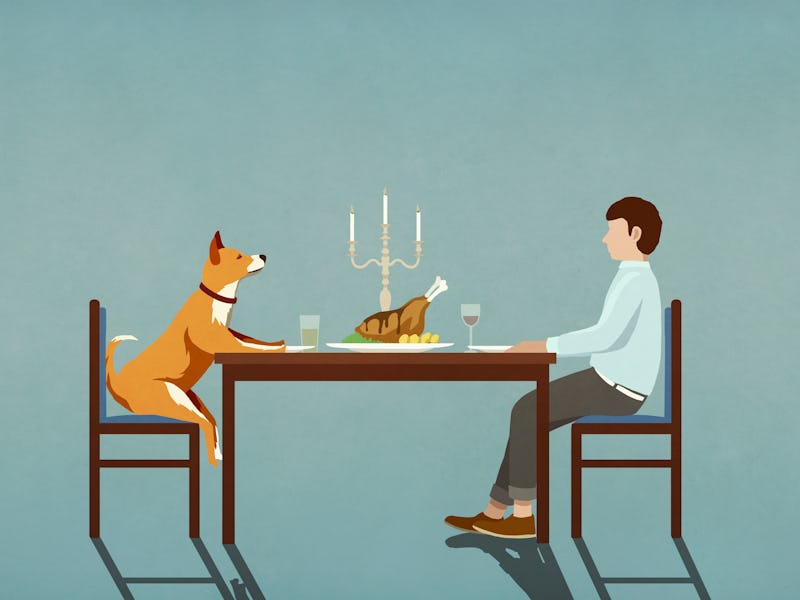Social distancing: What it means and why it’s important to you
Pre-emptive action is necessary to keep COVID-19 cases from increasing.

By now, most of us are keenly aware of the phrase “social distancing.” Its necessity can succinctly be explained by another phrase we’re hearing increasingly often: “flatten the curve.” But what those terms really mean is less clear when put into practice. How social is social -- and why should life change if no one you know is sick?
An unfortunate truth about COVID-19 is that it can be spread by people who show no symptoms. When symptoms do appear, the timeline also varies. Some people show symptoms as soon as three days and some as long as 13.
Simply isolating people once they become ill doesn’t do much to protect the population at large. In turn, public health officials advocate for pre-emptive, low-cost hygiene enhancement and social distancing, under the assumption that COVID-19 is already present. The spread of COVID-19 around the world has been very rapid: The purpose of pre-emptive interventions is to slow it down and limit its impact on health services. The chart visualization of slowing down new cases reported, compared to spiking rates of disease, underlies the phrase “flatten the curve."
Craig Dalton is an associate professor in the school of medicine and public health at the University of Newcastle, and the co-author of a new, unpublished paper that outlines the benefits of pre-emptive measures and details what those measures look like in practice.
"This sort of intervention can prevent more extreme measures down the line."
He describes the recent decisions made by companies to close their offices for various periods of time to be more “informal and reactive” than following any specific guidelines — but still notes that these measures “should have an effect” on mitigating the disease.
“If, in a city, workplaces do close for a week or a month, it can dampen down transmission,” Dalton tells me. “This sort of intervention can help prevent more extreme measures down the line, like the total closure of everything and broader lockdowns.”
A person’s risk of becoming infected increases in regard to time and space, Dalton explains. Although, scientists still don’t have a full understanding of how COVID-19 is transmitted. Early research suggests that, if one person catches it and goes on to interact with other people, the virus will likely spread to two or three other people. According to the CDC, COVID-19 is most likely to be transmitted to someone within six feet of a person carrying it — which is why it’s recommended to not spend time in crowded spaces, even if the actual number of people you’re around is small.
That’s why, when considering social plans, it’s important to consider how much *space* you’ll have. In New York, Governor Andrew Cuomo banned gatherings over 500 people. The governments of France and Ireland have asked their citizens to keep gatherings at 100 people or fewer. Italy has banned all public gatherings, which is what is trying to be prevented in the United States with preemptive, preventative measures.
How long social distancing will need to be practiced is uncertain, because we still don’t have a great understanding of how it spreads. But the goal is that by slowing down COVID-19, cases of it will get incrementally smaller as the epidemic burns out. And what if you want to go outside to the park, enjoy a walk with the dog, or sit at an outdoor cafe while still being a responsible citizen?
“You absolutely should,” Dalton says. “It’s fine to go out; that’s not a risk to anyone. The beauty of being outside is that there’s lots of air movement and exposure to ultraviolet light, which could help kill off the virus.”